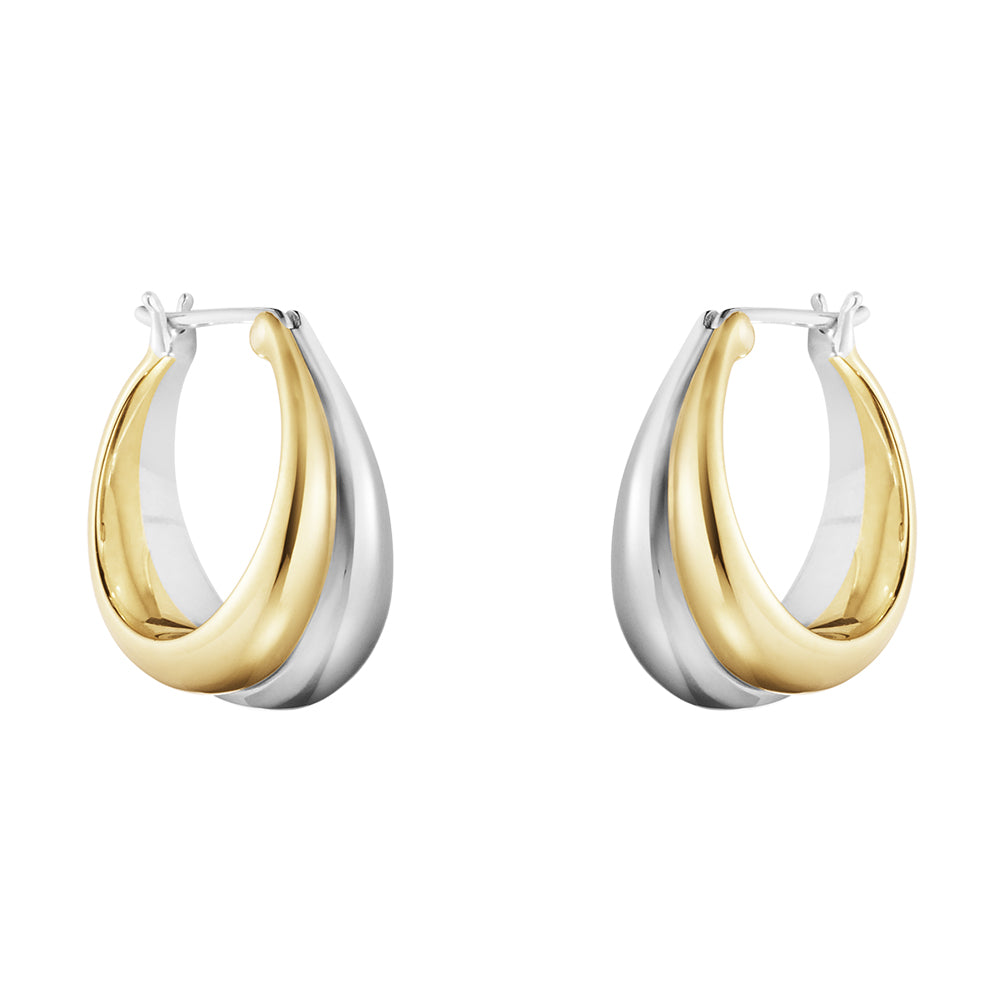
How to Make Jewelry: A Complete Guide
Introduction: The Art of Jewelry Making
Jewelry making is a craft that has been practiced for thousands of years, spanning cultures and generations. It is an art form that connects tradition with innovation, transforming raw materials into personal statements and symbols of beauty. Whether you're designing intricate heirloom pieces or simple, everyday wearables, the process of creating jewelry requires a perfect balance of creativity, technical skills, and craftsmanship.
As the Gemological Institute of America (GIA) notes, jewelry is not just an adornment; it is an expression of personal identity, culture, and meaning. Each piece carries the potential to hold significant sentimental or symbolic value, making it not only an accessory but also a reflection of one's values and beliefs.
In this guide, we will explore the essential steps in making jewelry, from selecting the right materials to perfecting your final piece. We will also share some professional suggestions from authoritative institutions in the jewelry industry to help you create high-quality jewelry pieces.
Main Body: The Jewelry Making Process
1. Understanding Jewelry Making Tools and Materials
The journey of jewelry making begins with understanding the materials and tools that will bring your designs to life. Jewelry making is as much about the craft of manipulating raw materials as it is about creating beautiful designs. From precious metals like gold, silver, and platinum to a wide array of gemstones, each material brings its own set of characteristics and challenges.
Tools You’ll Need:
Every piece of jewelry requires a set of specialized tools. Common tools include:
(1)Pliers: These are used for bending, shaping, and holding materials in place.
(2)Wire Cutters: Essential for cutting wires and chains cleanly.
(3)Soldering Iron: Used for joining metal pieces together using heat.
(4)Files and Buffers: To smooth rough edges and polish pieces.
(5)Jewelry Saw: Used for cutting more intricate designs from metal.
These tools, along with a sturdy workbench, will set you up for success. Many beginners may want to start with basic sets and upgrade as they gain experience.

Choosing Materials:
When it comes to materials, the choices are vast. For a classic look, materials such as gold or platinum are popular. However, for a more budget-friendly option, silver or even brass can provide beautiful results. When selecting materials, it is important to consider the durability, malleability, and overall finish of the material. For example:
(1)Gold is highly malleable, making it easy to work with for intricate designs.
(2)Silver, while more affordable, tarnishes over time and may require additional care.
(3)Copper offers a unique reddish hue and is a great material for rustic or vintage designs.
(4)Gemstones: When selecting stones, ensure you consider factors like hardness and clarity. The GIA’s “4 Cs” guide provides valuable insights into choosing the right gemstone for your project.

2. Design and Conceptualization
Once you've gathered your tools and materials, it's time to bring your creative vision to life. Designing jewelry is an exciting part of the process, as it allows you to turn an idea into something tangible and wearable. Jewelry design often begins with a concept, whether it's inspired by a theme, nature, or a specific occasion.
Sketching Your Design: A crucial part of the process is drawing your design. This allows you to visualize the dimensions, symmetry, and overall aesthetic of the piece. Sketching can be done by hand or with digital design software like CAD (Computer-Aided Design), which has become popular among modern jewelers.
Prototyping: Many jewelers create a prototype of their designs using inexpensive materials before committing to precious metals or stones. This process helps to identify any potential flaws in the design and provides an opportunity to make adjustments before the final production begins.
Incorporating Symbolism: Jewelry often carries personal or cultural significance. For example, many designers create custom pieces that reflect the wearer’s personality or commemorate a special event. For instance, the birthstone of a loved one or a heart-shaped pendant can add sentimental value to your piece.

3. Creating the Jewelry Piece
This step requires precision and patience. Once your design is finalized, you will move to the actual creation phase. Depending on your design, this could involve working with metal, wire, stones, and other components.
Metalworking Techniques: Metalworking is a foundational skill for jewelers. Common techniques include:
(1)Soldering: This involves joining metal parts together using a heated alloy. For example, soldering is used to attach clasps or settings to a necklace or bracelet.
(2)Casting: This method involves pouring molten metal into a mold to create a specific shape, like a pendant or ring band. Jewelers may use lost-wax casting, a process that involves carving the design in wax, then casting the mold in metal.
(3)Forging: This involves shaping metal by hammering it, a technique often used in making custom rings or bracelets.
(4)Texturing: Adding texture to a metal surface is one way to enhance the appearance of your jewelry. Hammering, etching, or rolling techniques can create unique effects that add depth to the design.

Stone Setting: Setting gemstones is one of the most delicate and intricate aspects of jewelry making. Various setting types include:
(1)Prong Setting: This is commonly used for larger stones like diamonds, where metal prongs are bent over the stone to secure it in place.
(2)Bezel Setting: A metal rim surrounds the gemstone, providing a secure and elegant setting.
(3)Channel Setting: This involves setting stones within a metal channel, creating a continuous line of gemstones.
(4)Polishing and Finishing: Once the piece has been assembled, the final step is polishing. This step smooths rough edges, removes any excess metal, and brings out the shine of the finished piece. Jewelers often use a variety of polishing tools, including buffing wheels and abrasive compounds, to achieve a high-quality finish.

4. Testing and Quality Assurance
To ensure your jewelry is both functional and durable, it’s important to test it thoroughly before it’s worn or sold. The GIA advises jewelers to test for the strength of solder joints, stone settings, and the overall structure of the piece.
Strength Testing: Rings, bracelets, and necklaces must be durable enough to withstand daily wear. Tests like flexibility testing and pull tests help ensure that the joints will hold up over time.
Gemstone Inspection: Ensure that your gemstones are securely set and not prone to loosening over time.

5. Caring for Your Jewelry
Proper care is essential to maintain the beauty and longevity of your jewelry. Even the highest-quality pieces can suffer if not cared for properly. Cleaning and storing jewelry in a safe environment can prevent damage over time.
Regular Cleaning: Use a gentle cleaning solution and soft cloth to remove dirt and oils. For more delicate pieces, use a jewelry cleaning cloth or a mild soap and water solution.
Storage: Store pieces in a cool, dry place away from direct sunlight to prevent discoloration and tarnishing. Avoid storing jewelry in places where it may get scratched or damaged.

Conclusion: The Fulfillment of Jewelry Making
Creating jewelry is a rewarding pursuit that requires both artistic vision and technical expertise. Whether you're crafting a necklace for a special occasion or designing custom wedding rings, the process of jewelry making offers endless possibilities for self-expression and creativity. By following expert guidelines from organizations like GIA and Jewelers of America, you can be assured that your creations are built to last and showcase your skill.

FAQ
1.What materials are best for beginners in jewelry making?
For beginners, copper, brass, and sterling silver are affordable and relatively easy to work with. These metals allow for learning the basics of soldering and shaping without breaking the bank.
2. How do I design custom jewelry for clients?
Begin by consulting with the client to understand their preferences, and then create sketches or prototypes. Incorporating their personality or a meaningful symbol into the design will make the piece more personal and unique.
3. What are some common mistakes to avoid when making jewelry?
One common mistake is not ensuring the integrity of the piece. For example, poorly soldered joints or weak stone settings can lead to the piece breaking or stones falling out. Always double-check the craftsmanship.
4.How do I price my handmade jewelry?
Pricing jewelry depends on several factors, including the cost of materials, labor, and overhead. Jewelers often mark up the cost of materials by a certain percentage, factoring in time and expertise.
5.What is the best way to stay inspired in jewelry design?
Inspiration can come from anywhere—nature, architecture, art, and even historical jewelry. Visiting museums, attending trade shows, and collaborating with other designers can help keep ideas fresh.

Call to Action: Embrace Your Creativity
Are you ready to embark on your jewelry-making journey? Whether for personal wear or to transform into commercial pieces, the possibilities of jewelry making are endless. If you need inspiration, take a look at Relaxfeel Fashion's jewelry. It not only showcases exquisite craftsmanship but also perfectly combines modern design elements, making it an ideal source for you to create unique works. Start your jewelry-making journey and create your own classic pieces!









